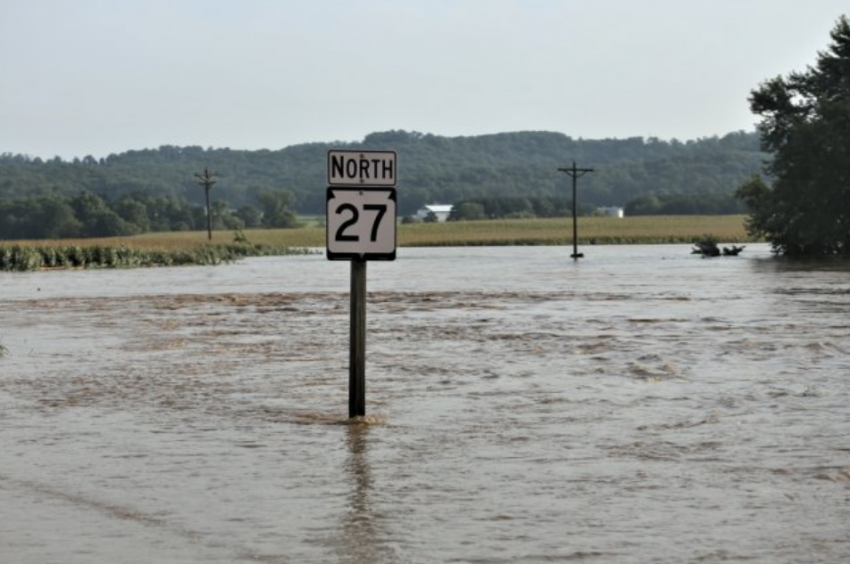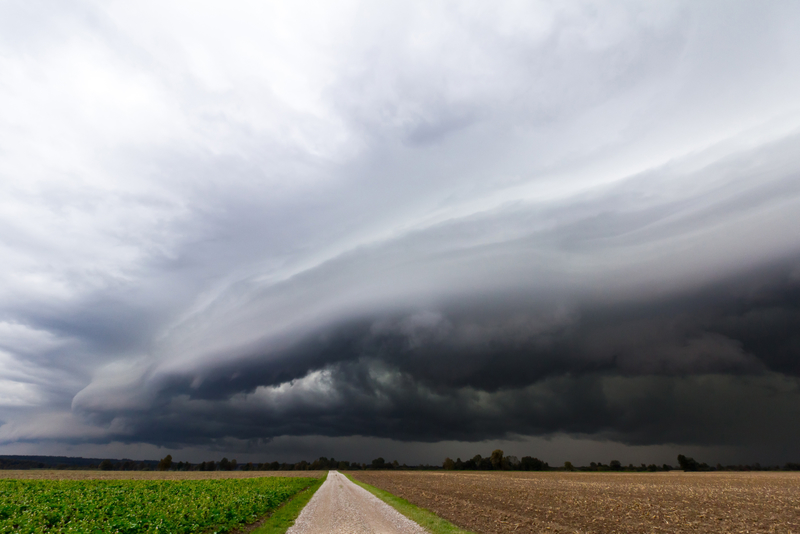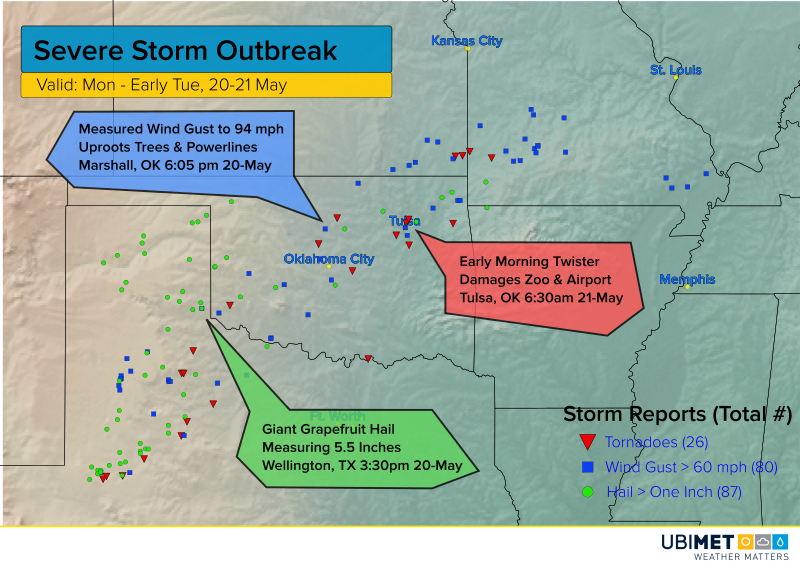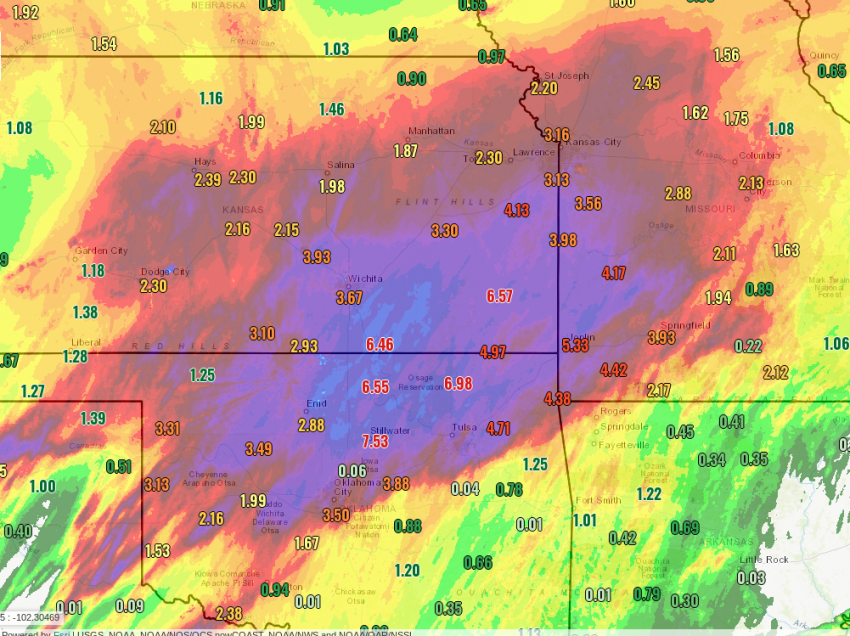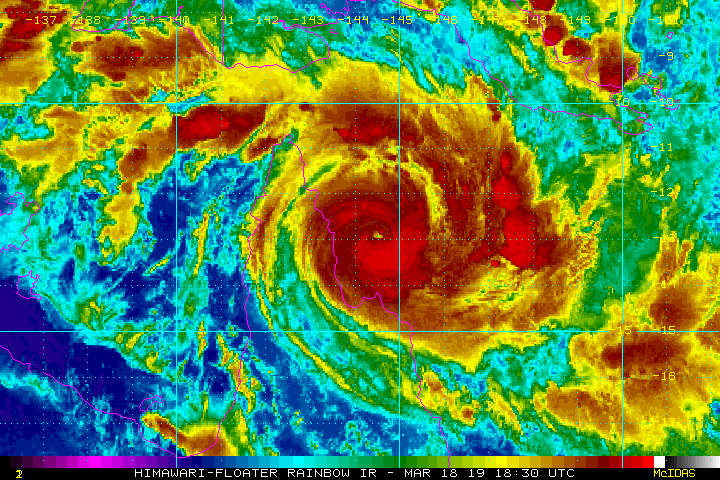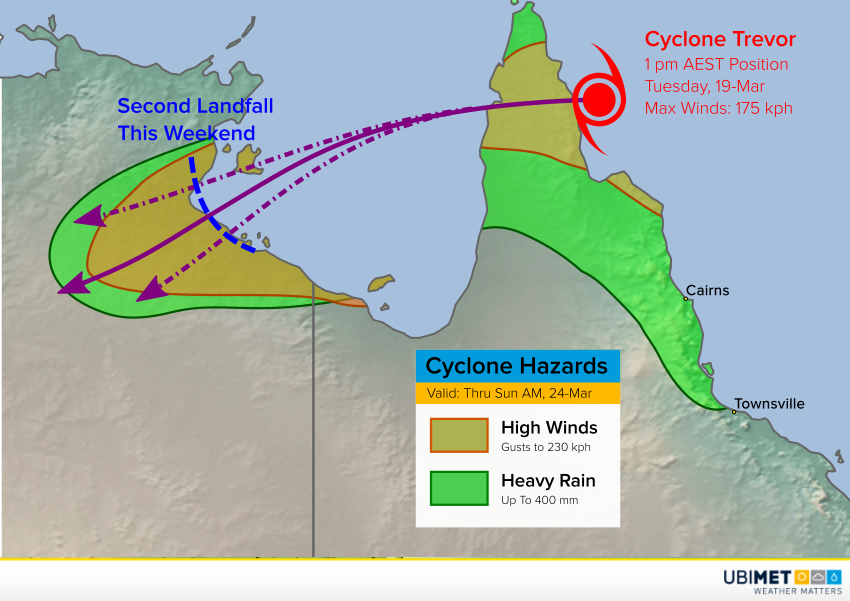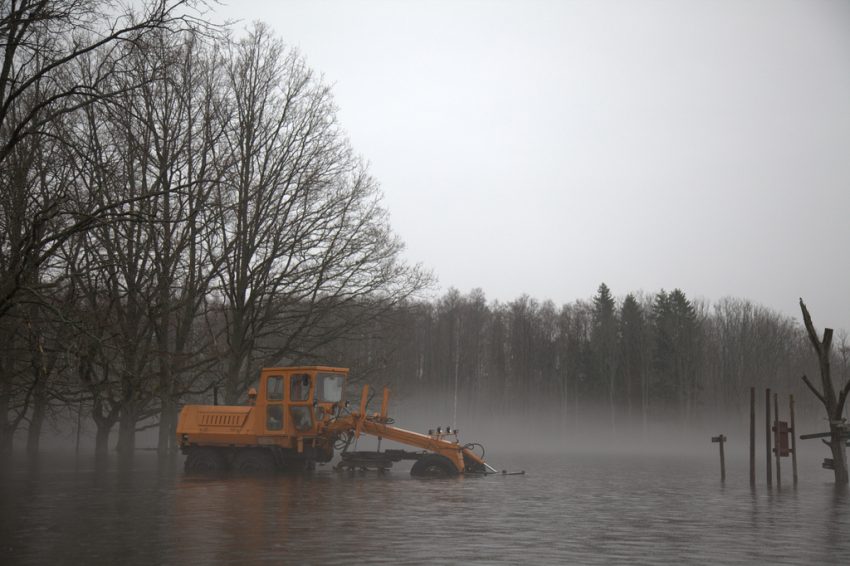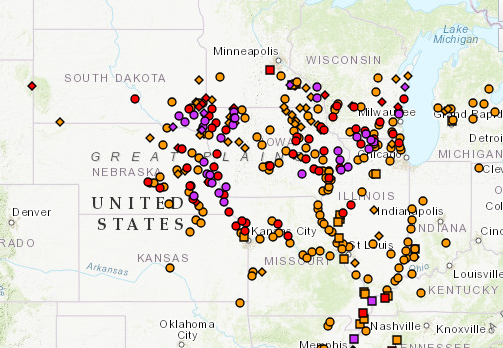Widespread Flooding Across the Plains & Mississippi River Valley!
Weeks of stormy weather over the Plains and Mississippi Valley were punctuated by a major severe outbreak in the past three days. While deadly tornadoes and gigantic hail grab headlines, a much larger segment of the region’s population is being hammered by severe flooding.
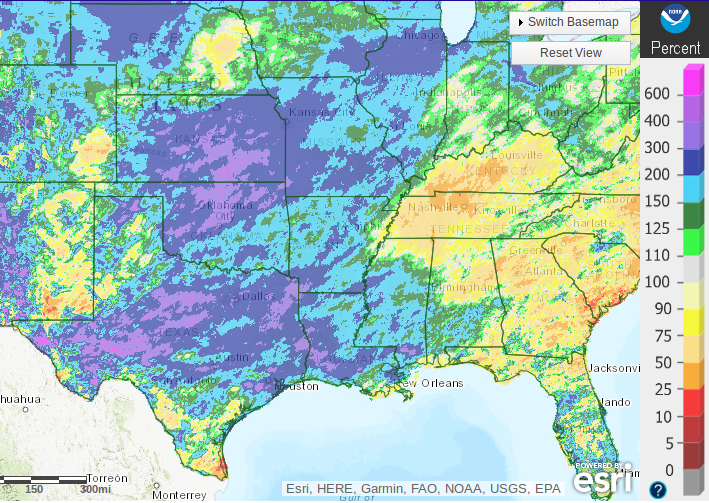
The wet pattern has been in place for several weeks. Rainfall has been 2-4 times the normal amounts from late April into May from Kansas to Texas and into portions of Arkansas and Louisiana. This tremendous amount of water has pushed dozens of major rivers above flood stage, in some cases approaching record values. Hundreds of square miles of floodplain have been inundated. Numerous homes and businesses are under water or destroyed by the swollen, raging rivers. Some small rural communities have been forced to evacuate their entire towns.
💔HEARTBREAKING: A house in Crescent, Oklahoma, fell into the Cimarron River after floodwaters continued to rise. https://t.co/JZkvx28KJT
📹 by @KOCOChristine pic.twitter.com/SJQ8v4wqZ4
— KOCO-5 Oklahoma City (@koconews) May 22, 2019
Flooding in Webbers Falls, OK as the Arkansas River continues to rise there. A voluntary evacuation is on and much of the town could flood. All this flood water will be making its way down the Arkansas River into Arkansas in the coming days. @KATVNews pic.twitter.com/IVEnfh1sZO
— Brian Emfinger (@brianemfinger) May 22, 2019
Unfortunately, the pattern will remain favorable for heavy rains in this region through the rest of the month. This will further hamper efforts by farmers to start planting. Last year at this time farmers in Illinois had planted almost 90% of the season’s corn crop; so far this year, only 11% is in the ground yet. After early to mid-June, the planting window will start to close. That’s additional anxiety for farmers already troubled by trade tensions with China and the lowest crop prices in more than a decade.
